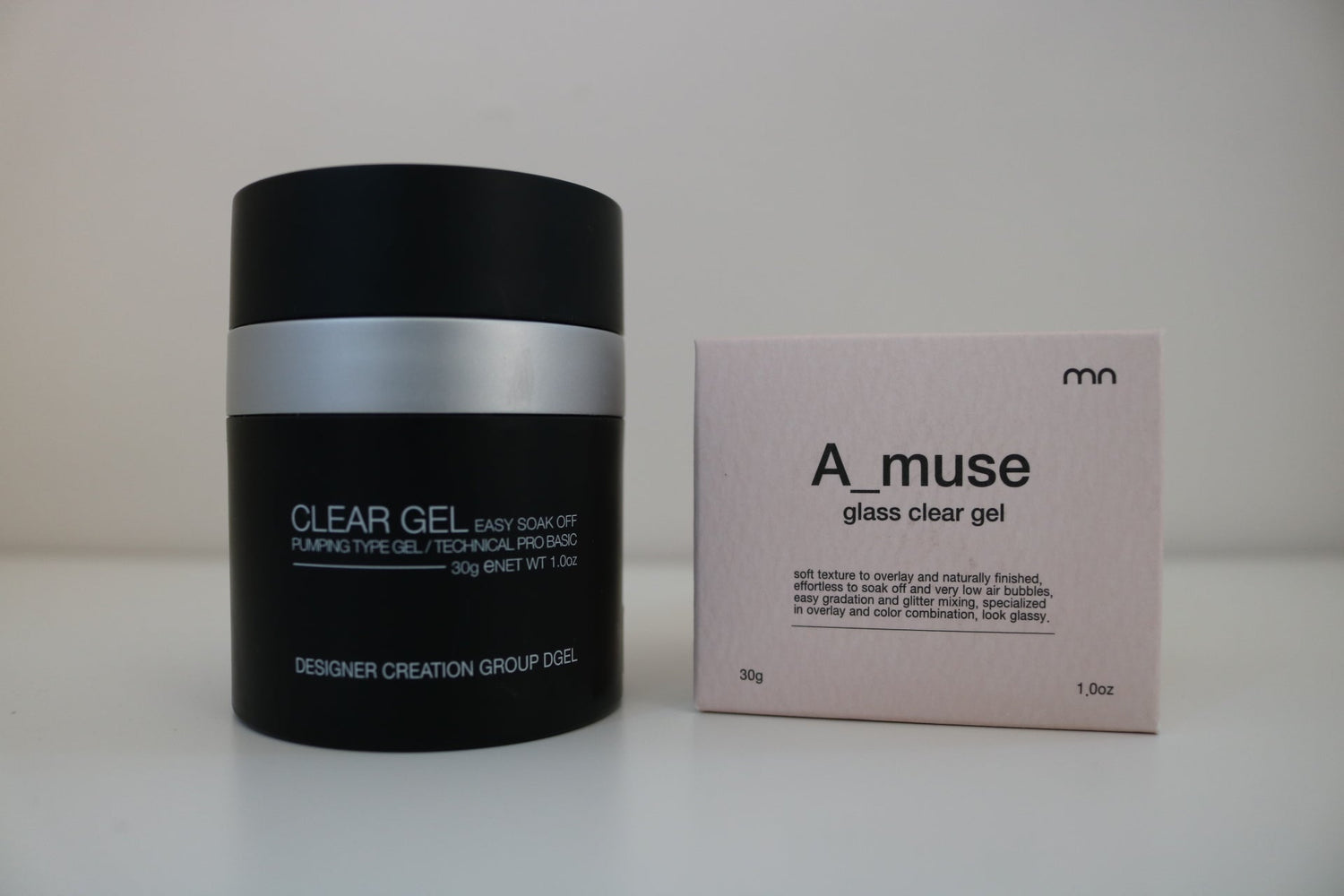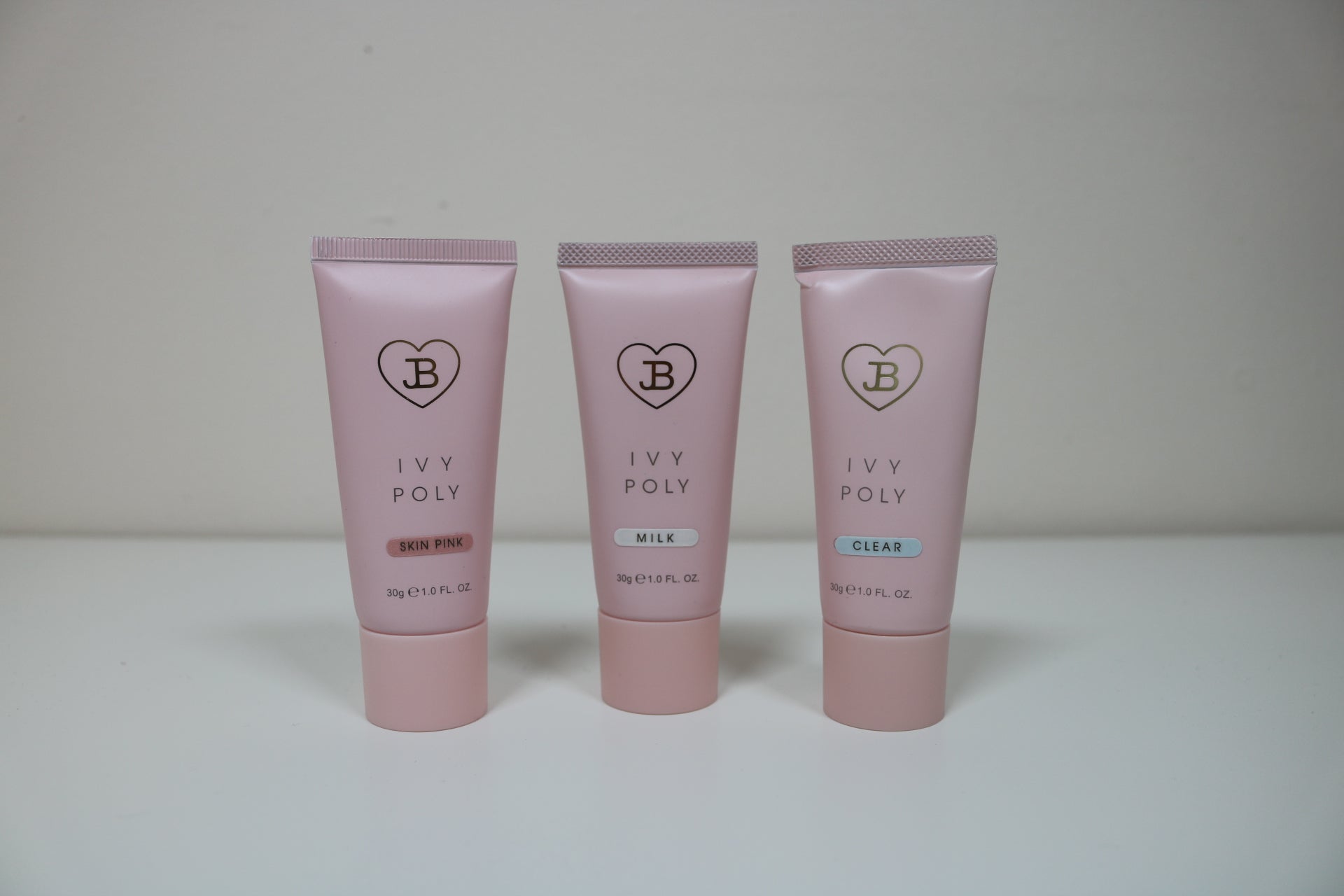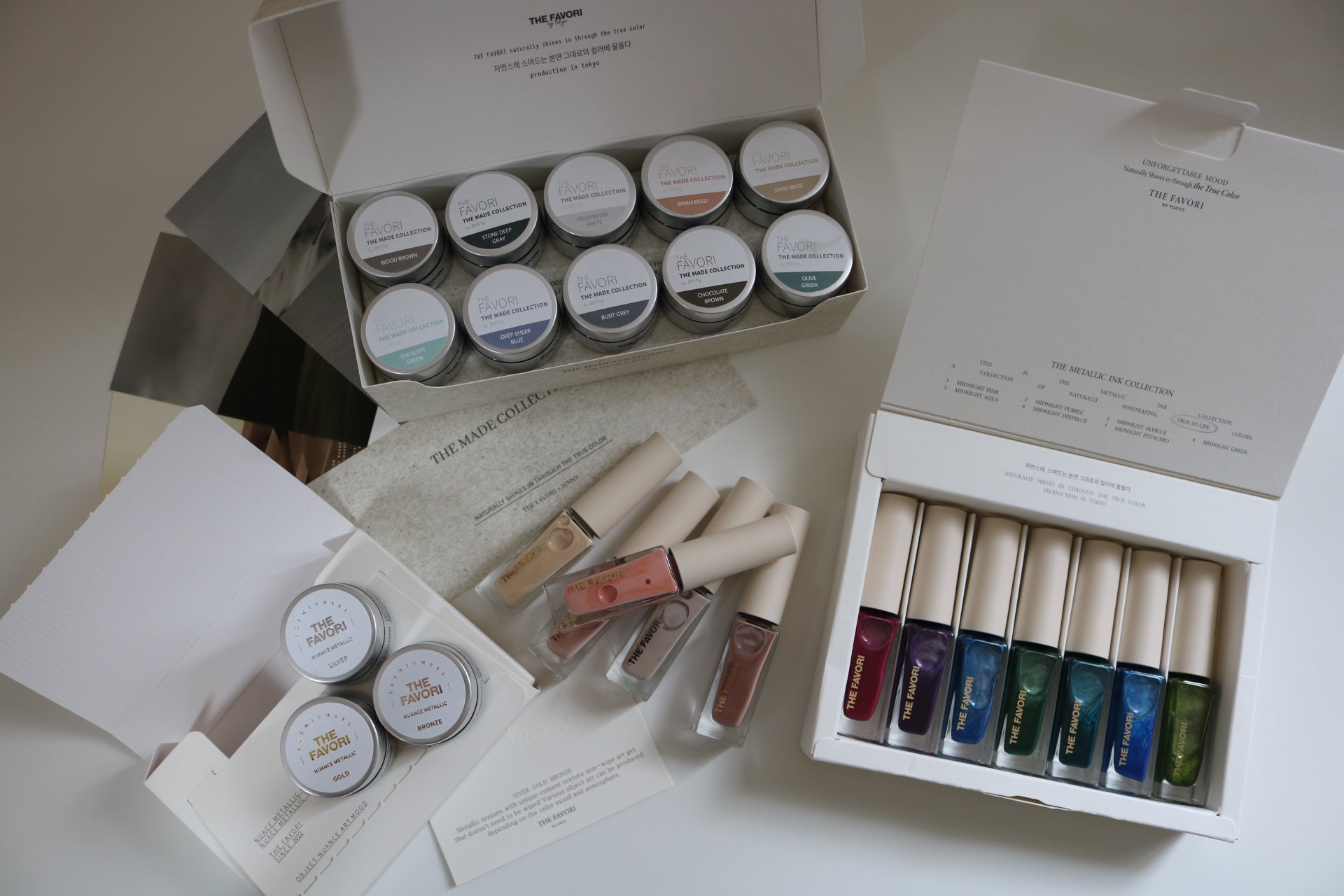
If you are new to nails and gels, the multitude of gel nail products can be overwhelming. There are many different types of gels that can be used for various purposes or to achieve certain nail looks. Understanding the different types of gels and their uses can help you identify what you actually need in order to achieve the nail results you desire for yourself or for others.
The nail industry is continually evolving with the introduction of new and innovative gel products. Different companies often brand their products with unique names or terms to differentiate them from other companies. However, these gels generally fall into one of the basic gel categories according to their intended use. The general basic gel categories include bonding gels or base gels, building gels, color gels, and finishing gels. Each category is fairly self-explanatory, describing its purpose. For instance, bonding gels or base gels are primarily used to adhere gel enhancements, such as builder gel or gel polish, to the natural nails. Additionally, gels can be classified based on their hardness, categorizing them as either hard gels or soft gels.
Hard Gels
Hard gels are created to be strong enough for building nail extensions, nail repairs, and can also provide a hard overlay on the natural nails. In comparison to soft gels, hard gels are more thick and viscous, resulting in a harder finish once cured and provides a nonporous surface that cannot be penetrated by solvents, including acetone. This means that hard gels cannot be soaked off and must be filed off. Since hard gel enhancements must be removed by filing, it is important to not file into the natural nail itself. Hard gel removal requires caution and highlights the importance of professional handling to prevent damage to the natural nails.
As an alternative to acrylic for building nail extensions or strong and protective nail overlays, hard gels offer comparable strength and durability but are also more flexible than acrylic, making hard gel enhancements able to withstand pressure and less likely to break or crack. Due to the strength, durability, hardness, solvent impenetrability of hard gels, and filing required for removal, they are meant to be used for long-term enhancements with regular maintenance.
Some top gels can also be considered hard gels as they are solvent impenetrable and require filing off for removal. Some hard gels can also be used as top gels. Typically, this requires cleaning off the inhibition layer after curing. It is always best to read the product description and manufacturer’s instructions to understand how to use each gel product to best serve its purpose.
Soft Gels
In comparison to hard gels, soft gels have a thinner consistency and lower viscosity. Soft gels are not resistant to solvents and can be removed using acetone. Color gel polishes are considered a type of soft gel, hence why they are also referred to as soak-off gel polishes. With the advancement of gel products, there are now builder gels that come in soft gel formulations. These soft builder gels, also referred to as soak-off builder gels, offer the necessary strength and durability for overlaying the natural nails. Although soft gels are not as hard as hard gel and are not resistant to solvents, they can be soaked off with acetone, simplifying the removal process and making soft gels more user friendly. Therefore, soft gel enhancements are more appropriate for short term wear.

Overview
Characteristics |
Hard Gels |
Soft Gels |
Suitable Uses |
|
|
Removal |
File removal only |
Acetone Soak-off |
Solvent Resistant |
Yes |
No |

The advancement of gel products has introduced different options for ease of use and improved features to meet nail needs and be usable for anyone. For example, soak-off full coverage soft gel tips are the latest user-friendly alternative to acrylic and hard gel for nail extensions and easy removal. Check out our selection of easy to use and soak off full coverage nail extension tips for a variety of options. The Korean gel market has introduced an array of advanced gel products with varying viscosities for versatility and desired features, including high viscosity gels for strength and durable hold that can also be removed using acetone. These options are more user-friendly, making them accessible to both DIYers and nail professionals and serve as better options for maintaining nail integrity and offering qualities such as high clarity, non-yellowing, and low to no heat spikes. We offer a wide variety of multi-purpose gels that are user-friendly and yield the best results for nails. Learn more about each gel in the product description to find solutions to your gel nail needs.




1 comment
KaGee Vang
Very helpful article! Thank you for this information!
Leave a comment
All comments are moderated before being published.
This site is protected by hCaptcha and the hCaptcha Privacy Policy and Terms of Service apply.